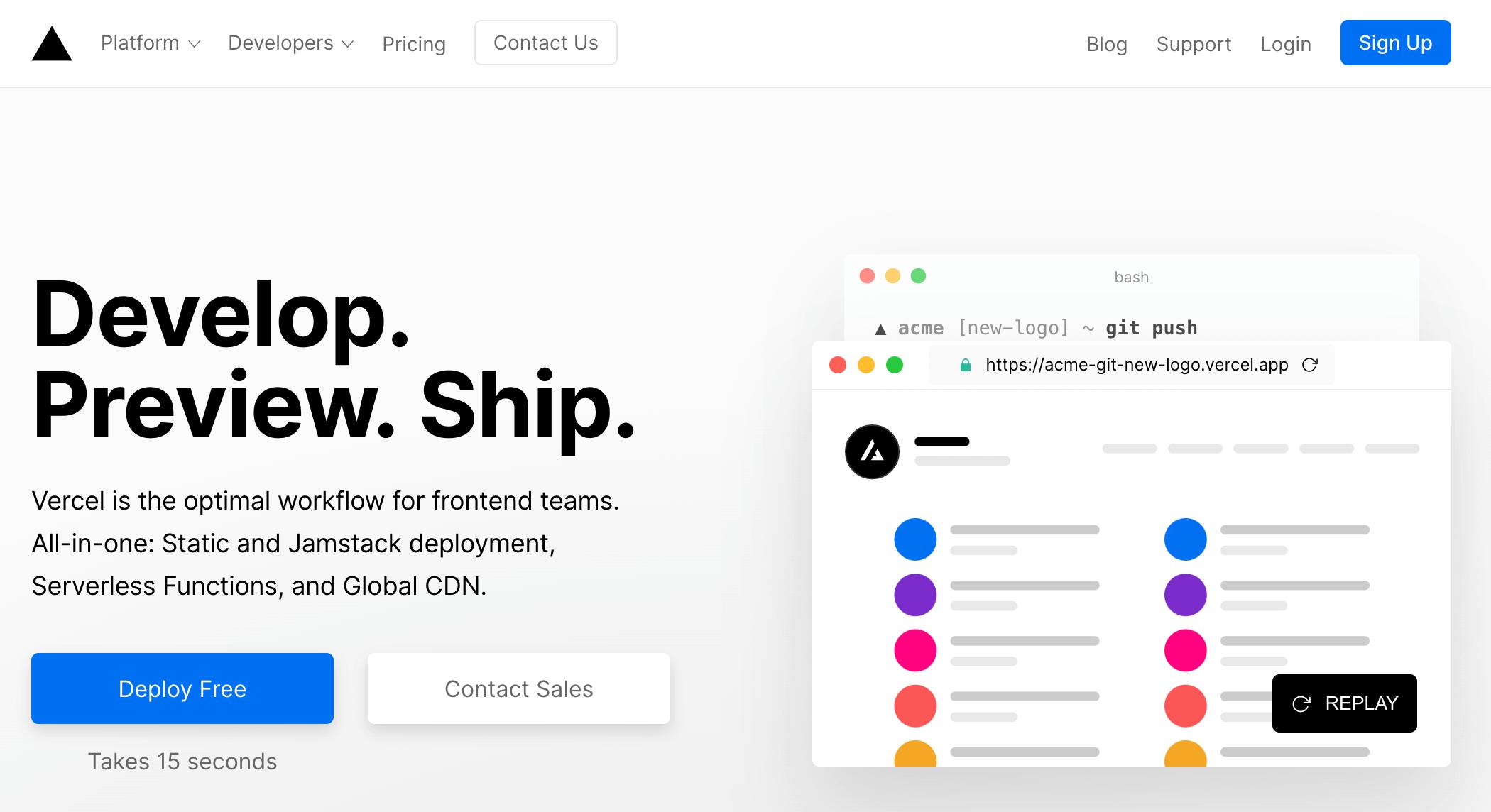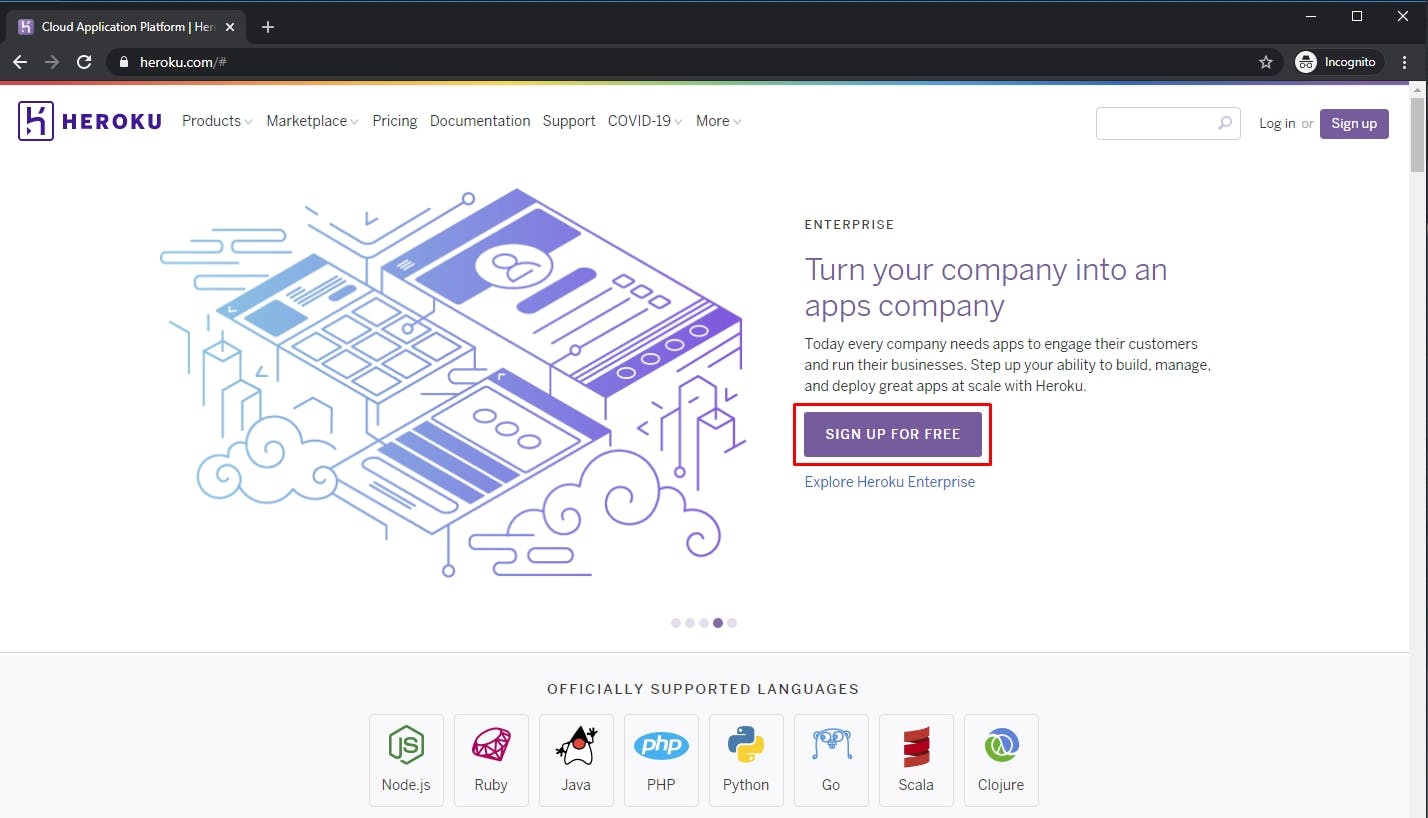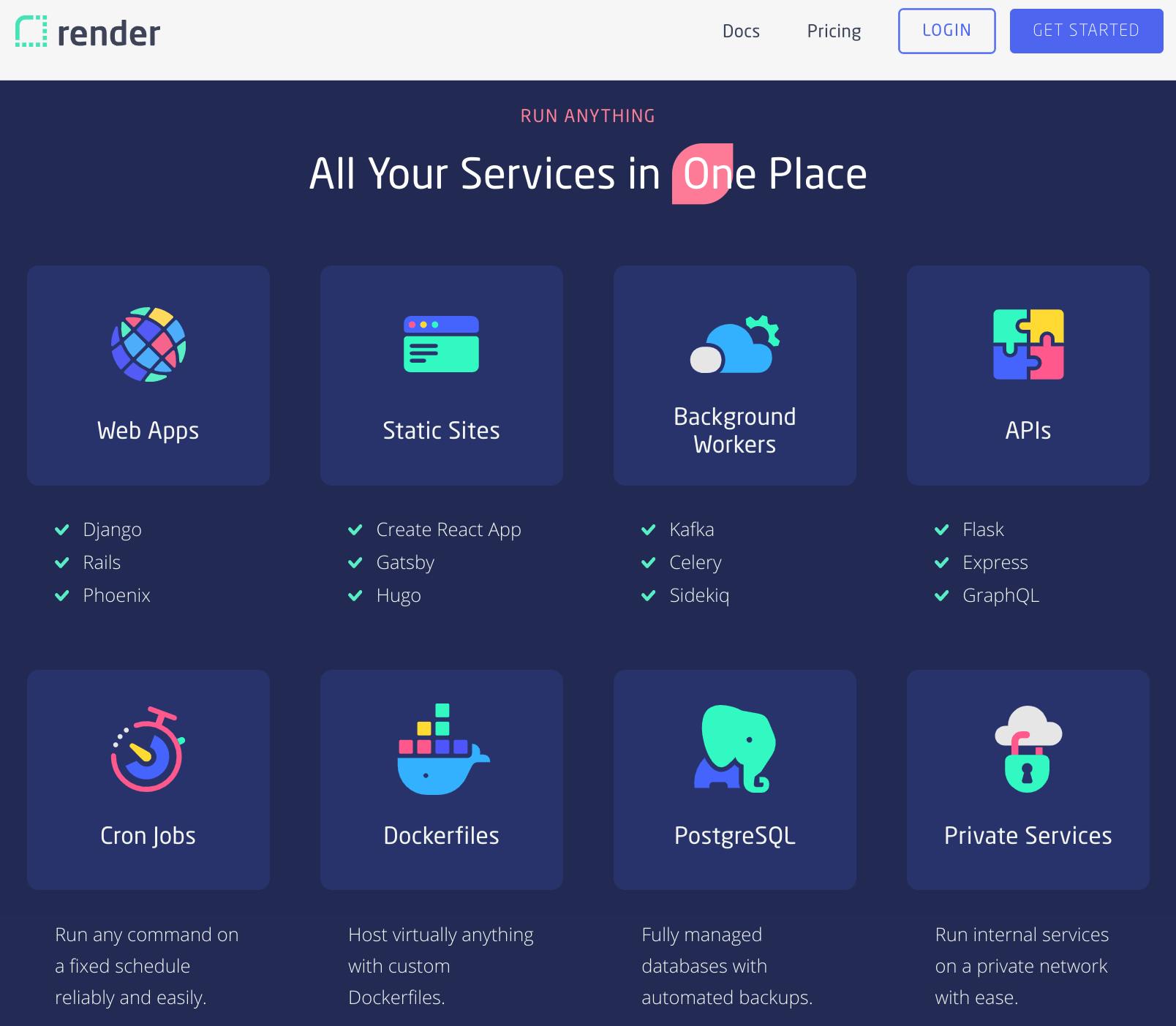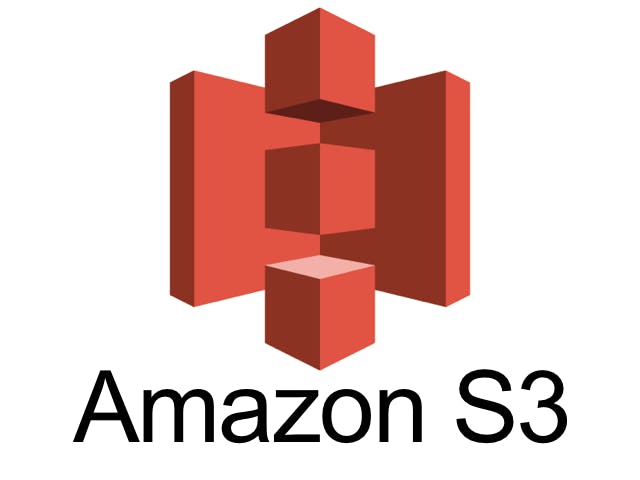You have finally finished your React application and now it's time to bring it into production! But the process of deploying an application built on top of a framework like React is much different from that of deploying a website built with HTML, CSS, and JavaScript. The following are some popular and free hosting services, that you can use to deploy your react app.
Vercel
Vercel is a serverless deployment service designed for JavaScript libraries like React, Angular, and Vue. It is designed to interact with headless content, commerce, and databases. With its help, you can easily import projects from GitLab or Bitbucket.

You can either deploy your application through Vercel's dashboard or use the Vercel CLI and deploy it from the terminal.
Some of the amazing features provided by vercel are Automatic SSL (Secure Sockets Layer), Image Optimization, Atomic deploys, and Automatic failover.
Netlify
Netlify is one of the most popular web development tools that can be used to create, test, and deploy websites. It easily imports projects from GitHub, GitLab, and Bitbucket, and is widely used with Jamstack applications. Users have the option to either use a free automatic HTTPS provided by Netlify or use their custom domain.

Other than deployment, Netlify also provides serverless functions, Forms, Analytics, API, and more. Moreover, as with Vercel, you can choose to deploy your app either through the Netlify Dashboard or the Netlify CLI.
Heroku
Launched in 2007, Heroku is a cloud application platform that offers straightforward application creation and deployment, with a specific focus on customer-focused solutions. It is simple to use and supports most programming languages, including the likes of Go, Node.js, Clojure, and more, making it increasingly popular among developers.

Heroku provide free SSL, Custom Domain, and Git Integration. You can deploy your React App using Heroku Buildpack or the Heroku CLI. The Buildpack is used for Automatic Deployment and a built-in Bundler to make the deployment less complicated.
Surge
Surge is a Static Website Hosting Platform that is popularly used to deploy frontend projects. It is relatively easy to use, requires much less configuration, and provides customization possibilities for those that require them.
In their free tier, they provide facilities like unlimited publishing, bespoke domains, and basic SSL; However, you would have more options if you choose their professional plan.

You can only host your React App using the CLI as Surge doesn’t provide any Web Console to host the Web Pages.
Render
Render is a newer cloud platform that is consistently rising in popularity. It offers services for both Static and Dynamic Sites. It provides features like Free SSL, Global CDN, Custom Domain, and Auto Deploy with Git Integration.

While hosting sites on Render is free, you need to pay for other services such as databases, cron jobs, Docker containers, and render disks.
Both Heroku and Render are classified as Platform-as-a-Service.
GitHub Pages
GitHub Pages is any beginner's favorite tool to deploy websites. With GitHub Actions, you can trigger automatic deployments, configure CI/CD, and much more, making it easier to maintain than many other tools. It provides free HTTPS and is one of the quickest techniques to host your app.
You can directly host your React app from your GitHub repository.

Firebase
Firebase is a Google product that you can use to develop and scale your application. It provides completely managed hosting for both static and dynamic content. It also offers tools for tracking analytics, reporting and fixing app crashes, and creating marketing and product experiment.
It also offers myriad other services, including authentication, Cloud Firestore, Cloud Functions, etc.

AWS S3
AWS (Amazon Web Services) S3 was initially launched in 2006 with the aim of giving users a platform to save their data securely. However, the application later expanded to provide its users with free hosting solutions for platforms like React App.

AWS S3 is easy to use and automatically deploys codes at a tremendous speed. The service has been developed to deploy pages that require a lot of computing power. It provides a large number of options that can customize the end product according to the user’s needs. It also claims to store all the data in multiple locations and provide easy backups if required.
Now that we’ve discussed eight ways to deploy your React JS app, you should try out as many as you can to determine which one best suits your needs.
Until next time, happy coding!

